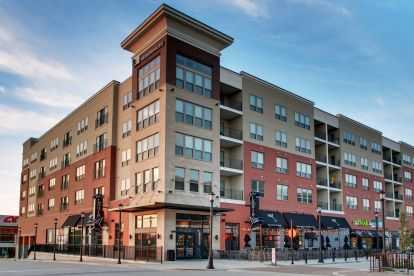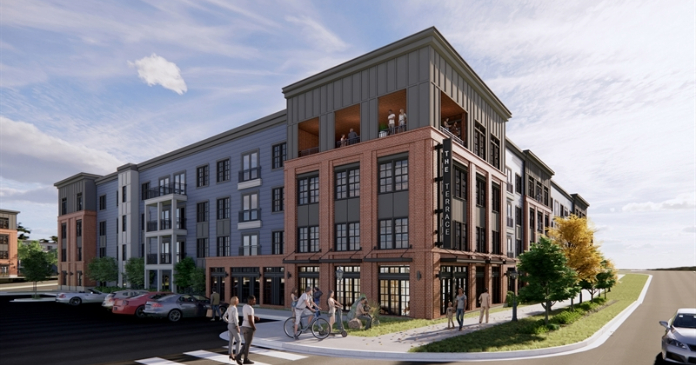According to recent census data, Hispanics accounted for the population growth of Philadelphia, Phoenix, Indianapolis, Omaha and Atlanta. Asians boosted the count in Anaheim, Calif.; Fort Wayne, Ind.; Baton Rouge; and Jersey City. Without influx from the two groups, all of those cities would have shrunk.
Non-Hispanic whites and blacks made a difference in only a handful of big cities that grew. The District was one of the few cities among the top 100 to experience a population increase as a result of growth among whites.
The demographic changes sweeping the nation are transforming many cities, making them even more multiethnic, even as many blacks and whites are spurning cities for the suburbs. Six of the 10 largest cities are majority minority.
Much of the growth can be attributed to recent immigrants, part of a pattern that has determined city size throughout much of American history. Many came in search of job opportunities, making population growth a marker of a city’s economy and vitality.
Most of the 100 biggest cities grew between 2000 and 2010. The top gainers were in the West and South, including San Antonio, Fort Worth and El Paso in Texas, and Raleigh and Charlotte in N.C.
The 21 cities that lost people included Chicago, Pittsburgh, Cincinnati, Buffalo and Milwaukee. Detroit had the biggest drop, shedding 25 percent of its population. Other industrial cities that had declines included St. Louis and Baltimore, which fell 5 percent.
In many cases, what determined whether a city grew or contracted was the number of Hispanics and, to a lesser degree, Asians it attracted. Among the 100 biggest cities, 26 would have had population losses without an influx of Hispanics, and 11 would have shrunk without Asians.
Cities that do not attract more new immigrant communities over the next decade will hemorrhage population, demographers predicted.
Authors: Excerpt Carol Morello and Dan Keating, Washington Post















